Retro Replay Review
Gameplay
Ginga Ojōsama Densetsu Yuna 2: Eien no Princess largely unfolds as a visual novel, guiding players through a richly illustrated narrative with fully voiced dialogue. The majority of time is spent following Yuna Kagurazaka from one scenic location to another, absorbing story beats and character interactions. While there are occasional “Look at…” menu prompts, these choices do not branch the plot; they serve mainly to deepen your appreciation of the backgrounds or character artwork.
(HEY YOU!! We hope you enjoy! We try not to run ads. So basically, this is a very expensive hobby running this site. Please consider joining us for updates, forums, and more. Network w/ us to make some cash or friends while retro gaming, and you can win some free retro games for posting. Okay, carry on 👍)
Interspersed within the storytelling are a handful of turn-based battles that break up the reading segments. These encounters allow you to select actions—Attack, Defense, Special, and so on—against a variety of cosmic foes. Each fight is relatively straightforward, focusing on simple rock-paper-scissors mechanics rather than complex strategy. Nonetheless, they provide welcome bursts of interactivity that underscore Yuna’s superheroine persona in combat.
Progression is linear, and save points are generous, so pacing remains steady throughout the approximately 8–10 hour runtime. Because player agency is limited, the primary appeal lies in the writing, voice performances, and occasional battle flair. If you’re seeking deep gameplay mechanics or multiple endings, this entry streamlines most interactivity to keep the spotlight firmly on its narrative and characters.
Graphics
Visually, Eien no Princess adheres to the classic anime–inspired aesthetic established in the first game, with vibrant character sprites and detailed CG backgrounds. The school corridors, starship interiors, and alien landscapes each boast distinctive color palettes that help evoke the tone of each scene. Princess Mirage’s starship feels especially grand, with sweeping shots of control rooms and cosmic vistas.
Character designs are expressive, with Yuna’s bright school uniform and Lia’s new superhero TV-show costume rendered in crisp lines. Facial expressions shift subtly to convey tension, humor, and surprise—Erika’s haughty sneer and Mirage’s composed determination both come alive through well-timed sprite changes. The occasional full-screen CG moments punctuate key emotional beats, rewarding players who savor visual novel artwork.
Battle animations, while brief, are satisfying. Special attacks trigger stylized effects—sparkling energy beams, swirling light orbs, and dramatic camera zooms—ensuring combat, though simple, feels dynamic. The UI is clean and unobtrusive, with dialogue boxes and menu icons that blend seamlessly into the presentation without cluttering the screen.
Story
Eien no Princess picks up after Yuna’s victory over the 13 Servants of Darkness, introducing an intriguing shift: Lia, once enemy leader, now hosts a superhero TV show as Yuna’s ally. This reversal sets the stage for fresh dynamics, as viewers witness the two former rivals team up against new threats. Meanwhile life in suburbia remains “normal,” until Erika, a whip-tongued classmate convinced she’s Yuna’s ultimate rival, instigates a schoolyard showdown.
That scuffle, however, catches the attention of the imposing starship “Eternal Princess,” commanded by the ethereal Princess Mirage. Tasked with quelling violence across the galaxy, Mirage’s arrival escalates a simple misunderstanding into an existential threat to Earth. The narrative deftly balances lighthearted school comedy with high-stakes cosmic drama, shifting gears seamlessly from lunchroom gossip to planet-wide peril.
Dialogue is the game’s strongest suit, buoyed by enthusiastic voice acting that breathes life into every conversation. Yuna’s earnest determination, Erika’s bratty confidence, and Mirage’s regal calm all resonate through tone and delivery. The script teases out character growth naturally—watches Yuna wrestle with self-doubt, witness Erika confront her envy, and observe Mirage’s evolving view of humanity. This blend of personal drama and galactic crisis keeps the plot engaging from prologue to finale.
Overall Experience
Ginga Ojōsama Densetsu Yuna 2: Eien no Princess is tailored for fans of anime-style visual novels who appreciate sparkling voice work and polished art. Its streamlined gameplay ensures the narrative remains the focus, while the modest battle segments inject moments of player agency. As a sequel, it deepens relationships established in the first game, making it especially rewarding for returning players.
Though the lack of branching paths and limited interactivity may deter those craving multiple endings or complex mechanics, the game’s strengths lie in its storytelling and character chemistry. The progression feels smooth, and the pacing brisk, so you’re seldom left waiting for the next dramatic reveal. The balance of school-slice-of-life antics and cosmic action offers a refreshing tonal mix that keeps the experience lively.
Ultimately, Eien no Princess stands out as a charming, character-driven adventure with just enough combat flair to remind you that Yuna is a bona fide superheroine. If you enjoy narrative-first games rich in voice performances, expressive artwork, and a playful yet serious storyline, this second installment will deliver an entertaining trip across the stars and back to high-school hallways.
 Retro Replay Retro Replay gaming reviews, news, emulation, geek stuff and more!
Retro Replay Retro Replay gaming reviews, news, emulation, geek stuff and more!
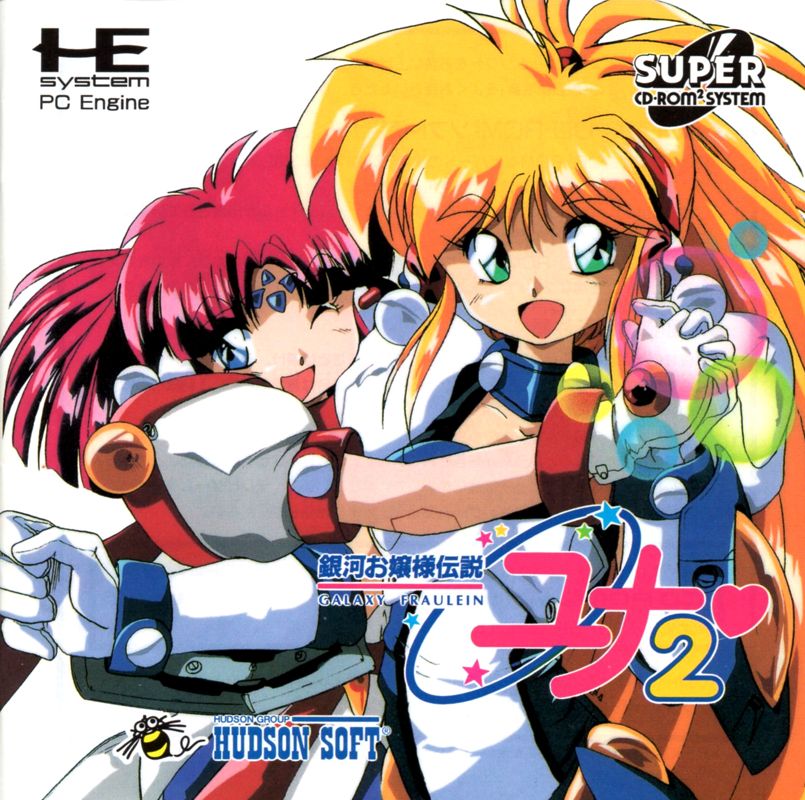
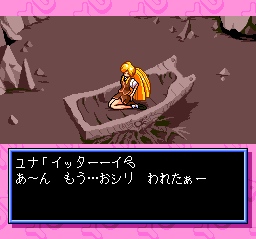
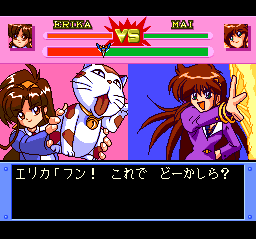
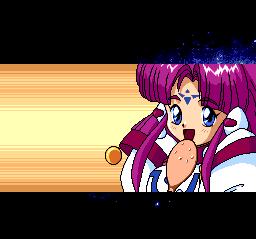
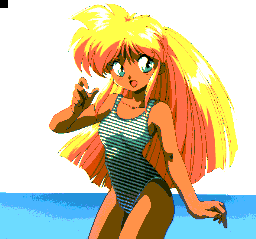
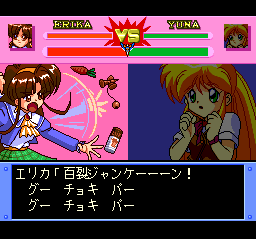

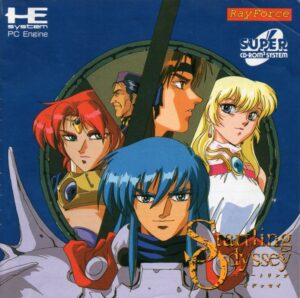
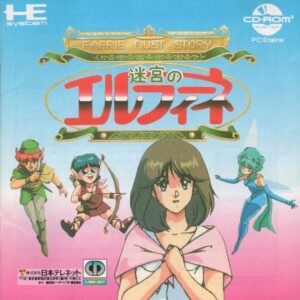
Reviews
There are no reviews yet.